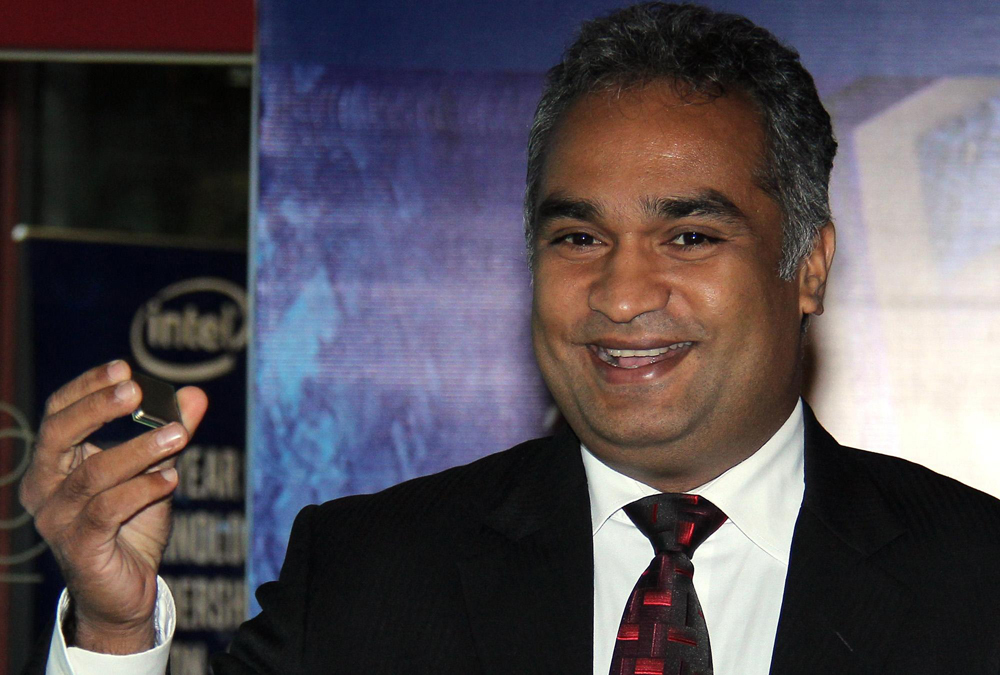February, 19, 2016

The Intel Internet of Things (IoT) is showing its transformative potential all around the world. Recently in Japan we brought together industry partners from across Asia to share and showcase the latest in IoT technology and solutions. We also showcased the analytics insights generated by all that technology. IoT is entering a ‘2.0’ era in which, with much of the technology operational and the necessary enabling open standards in place, tremendous new value is being created.
Nowhere is this more evident than in Asia, where governments and enterprises are already using IoT to address challenges and create opportunities. Singapore’s bold vision to become a Smart Nation, for instance, is harnessing IoT to deliver sophisticated e-government services. India’s progress on its Unique Identification (UID) project, meanwhile, is connecting literally billions of citizens to government services in innovative new ways.
IDC’s most recent IoT Market Forecast for Asia Pacific excluding Japan (APJ) notes the momentum toward smarter cities in Asia. According to the firm, IoT “has matured considerably over the past year, with a number of large government initiatives across the APJ, and China in particular, driving demand.” IDC predicts that the region’s IoT market will more than double to $583 billion by 2020.
Intel is helping create demand for Asia-based ODMs by working with large-scale systems integration (SI) partners such as Accenture, Fujitsu, Infosys, L&T, NTT, TCS, Tech Mahindra and Wipro. These SI partners have tremendous potential to scale Intel-based IoT offerings into multiple markets and industry segments around the world. Combined with major ODM partners such as Advantech, Nexcom, ECS and Gigabyte – and Intel’s own open, secure, scalable Intel IoT Platform – we believe that we offer an unrivalled value proposition for the market.
Asia is also where we see some of the most exciting customer engagements. In Japan, major technology companies such as Epson are pioneering the future of head-worn displays for use in demanding industrial environments. In Australia, an insurance company already offers a policy which features an Intel-based smartwatch as an edge sensor in a broader IoT-based wellness program. In Taiwan, a facilities owner is targeting 30 percent energy savings by retrofitting an existing, or “brownfield” building with smart sensors. We’ve helped a government in Southeast Asia pilot IoT-based solutions that improve rice yields and water utilization. In factories across the region, industrial customers are minimizing unplanned downtime and supply chain disruption through IoT-based predictive maintenance. In one example, Fusheng developed a smart factory, based on the Intel IoT Platform, that predicts and detects maintenance needs.
For all these reasons and more, it is exciting to be in Asia. Working in partnership with our many long-standing Asia-based ODMs and now forging new relationships with powerful, wide-reaching SIs, I believe we’ll continue to see Asia as the world’s most dynamic IoT region.
By Indika De Zoysa
(The writer is the Country Business Manager of Intel Sri Lanka)
Video Story